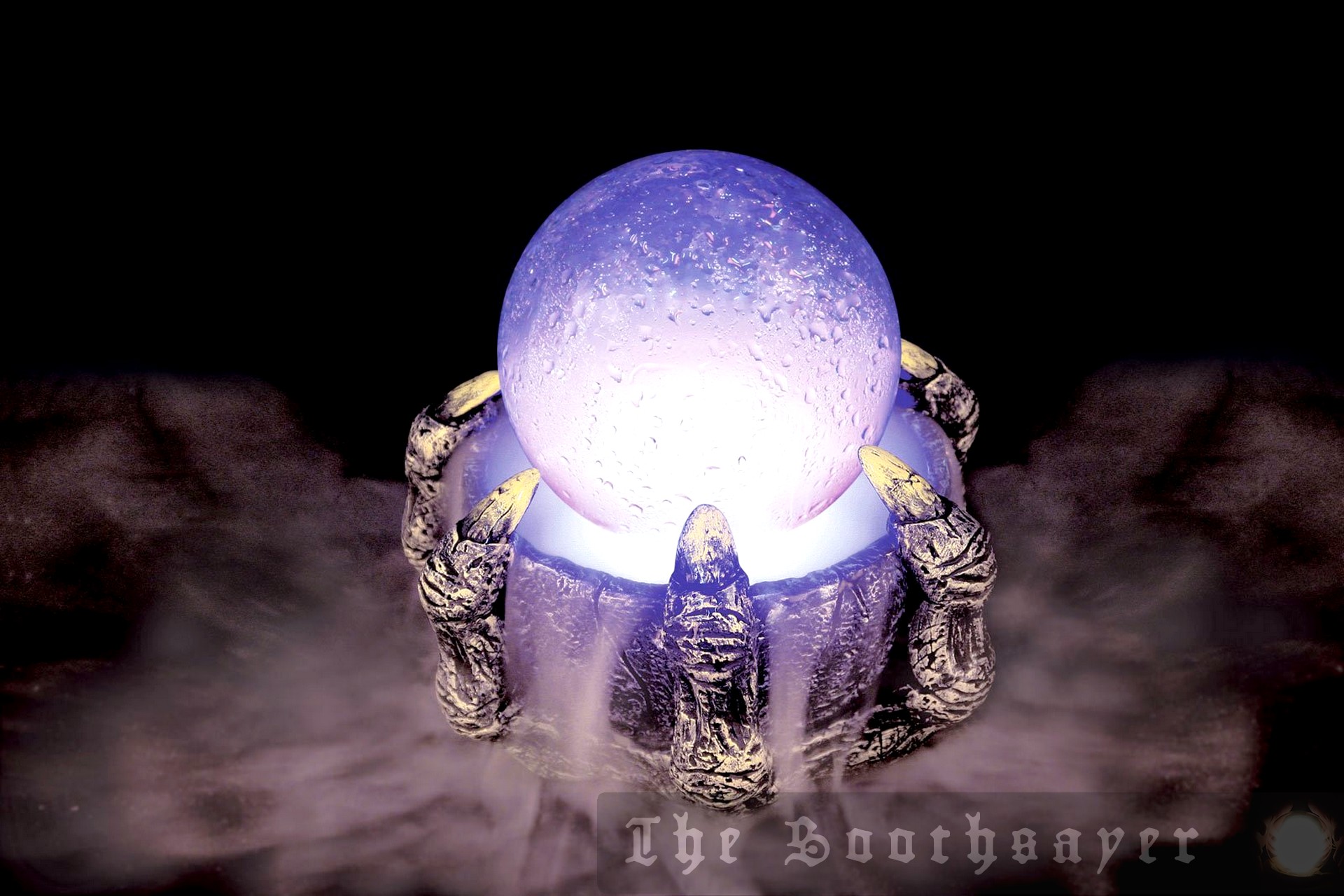Researchers have made a groundbreaking discovery in understanding the progression of Huntington’s disease, a fatal genetic condition that affects movement, balance, and cognition. The study found that a faulty DNA-repair mechanism in neurons leads to the accumulation of repeat errors, which eventually causes the neurons to die. This knowledge has led scientists to identify DNA-repair…
discovery on The Soothsayer / page 4
Astronomers have discovered a mysterious cosmic flash, dubbed the Platypus, which may link two types of cosmic flares and offer a new way to understand the origins of supermassive black holes. The event, observed in a dwarf galaxy 6.5 billion light-years from Earth, has characteristics of both tidal disruption events and luminous fast-blue optical transients….
Physicists in Germany have made a groundbreaking discovery by developing a new way to define the standard unit of electrical resistance. The new technique, based on the quantum anomalous Hall effect, does not require the use of applied magnetic fields, making it a significant improvement over the current method. This breakthrough could lead to the…
Mathematicians have long relied on calculus to understand the world around us, but a groundbreaking discovery by Karl Weierstrass in 1872 shook the foundations of the subject. Weierstrass’ “monster function” revealed that continuity does not imply differentiability, forcing mathematicians to re-examine their understanding of calculus. This breakthrough has far-reaching implications for fields such as physics,…
The social-media platform Bluesky has become increasingly popular among researchers following the changes at X, formerly known as Twitter. Bluesky’s early-day Twitter-like atmosphere has attracted many researchers who share their work, network, and engage with the public. As a result, Nature is interested in understanding how scientists are utilizing Bluesky and whether it has become…
Astronomers have discovered that stars in the thick disk of the Milky Way galaxy have fewer planets than those in the thin disk. Researchers believe that the intense radiation from the galaxy’s chaotic past may have destroyed planet-forming disks around older stars, hindering their ability to grow and retain planets. This finding sheds new light…
Researchers have discovered the remains of an ancient glacier in the Canadian Arctic, which could be over a million years old. The glacier’s icy layers contain trapped gases, compounds, and particulates that can provide valuable information about the atmospheres and climates of bygone millennia. This rare find could offer insights into the climate of the…
Physicists have made a groundbreaking discovery that could revolutionize our understanding of the universe. Researchers have found that permanent distortions in spacetime caused by the passage of gravitational waves, known as “gravitational memory,” could be detectable from Earth. This phenomenon is predicted to occur most prominently when the core of a supernova collapses, providing a…
Researchers at the California Institute of Technology and the University of Southern California have made a groundbreaking discovery in the field of biomedical engineering. They have designed a hydrogel-based, image-guided, bioresorbable acoustic microrobot (BAM) that can deliver targeted doses of cancer-fighting drugs to destroy malignant tumors while sparing healthy bodily tissues. The microrobots use a…
Researchers at New York University have made a groundbreaking discovery in the physics of Hula-Hooping. By experimenting with gyrating robots, they found that the shape of the robot’s body is crucial in keeping a Hula-Hoop aloft. The key factors are a “hip” slope that provides upward force and a “waist” curvature that keeps the hoop…










